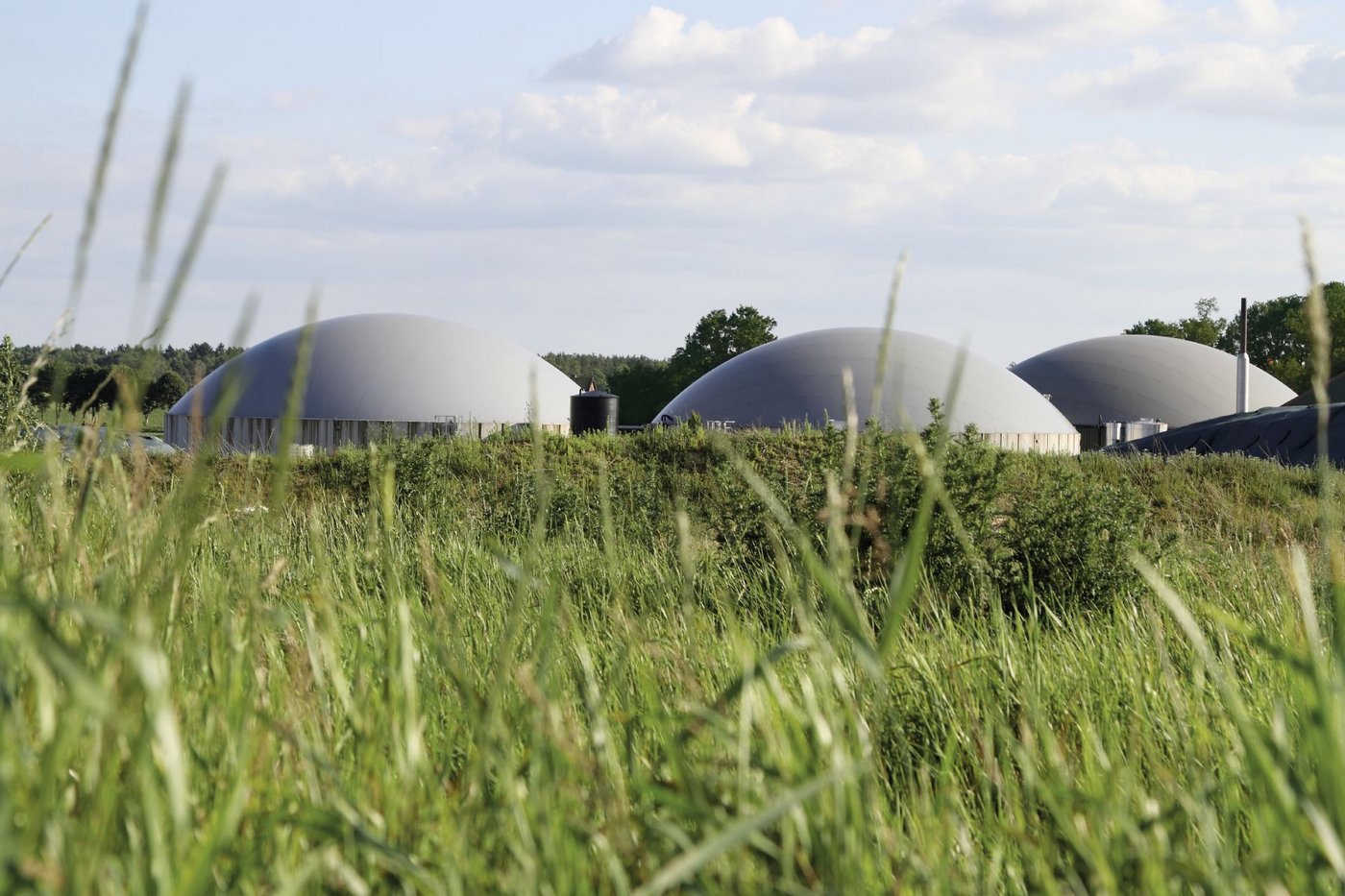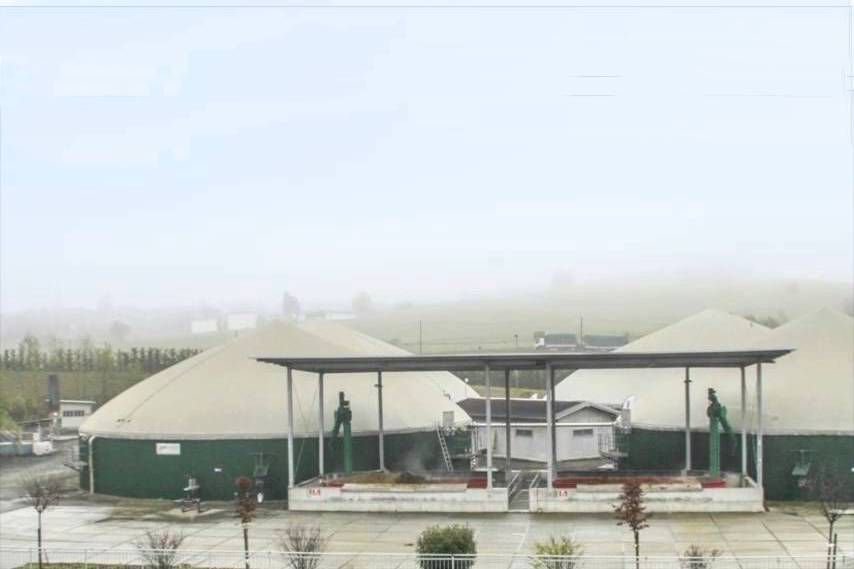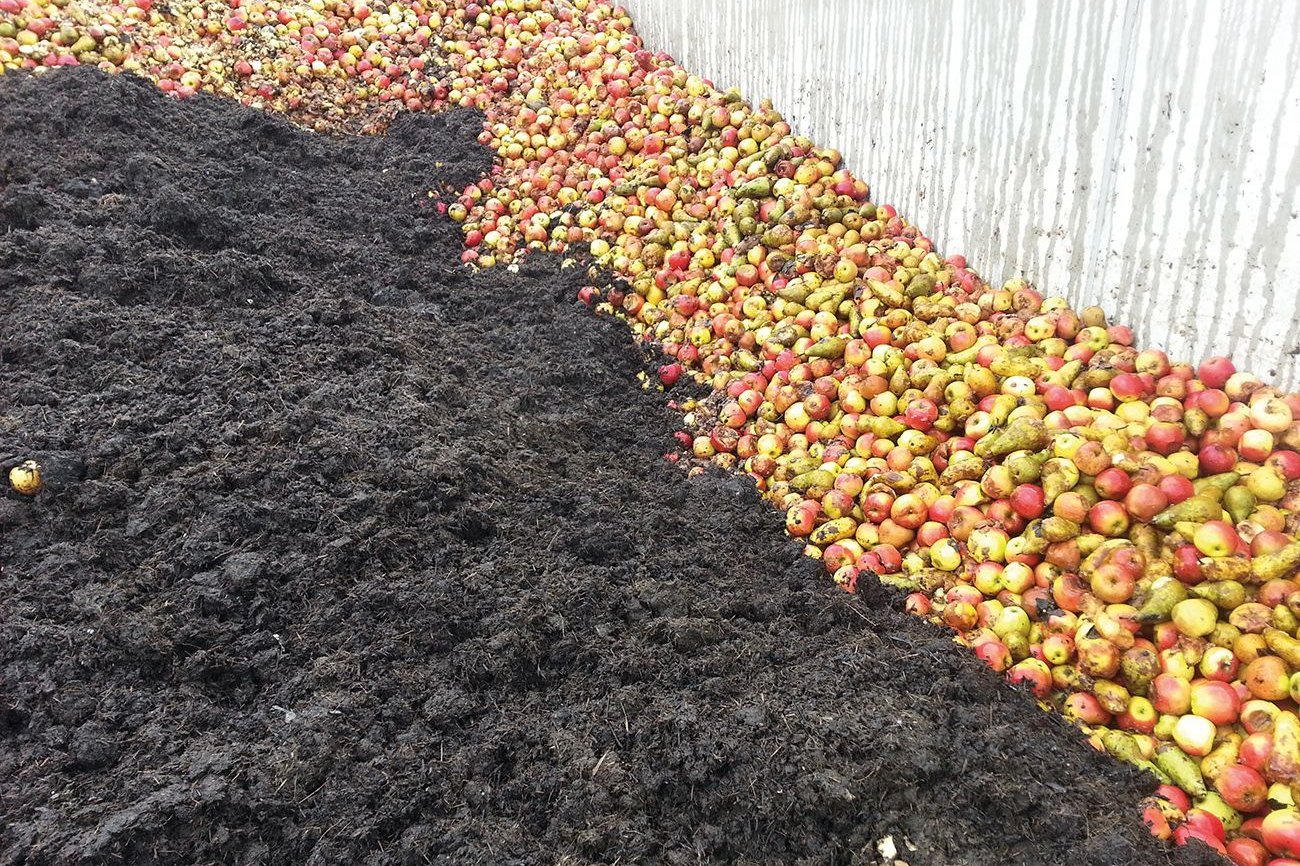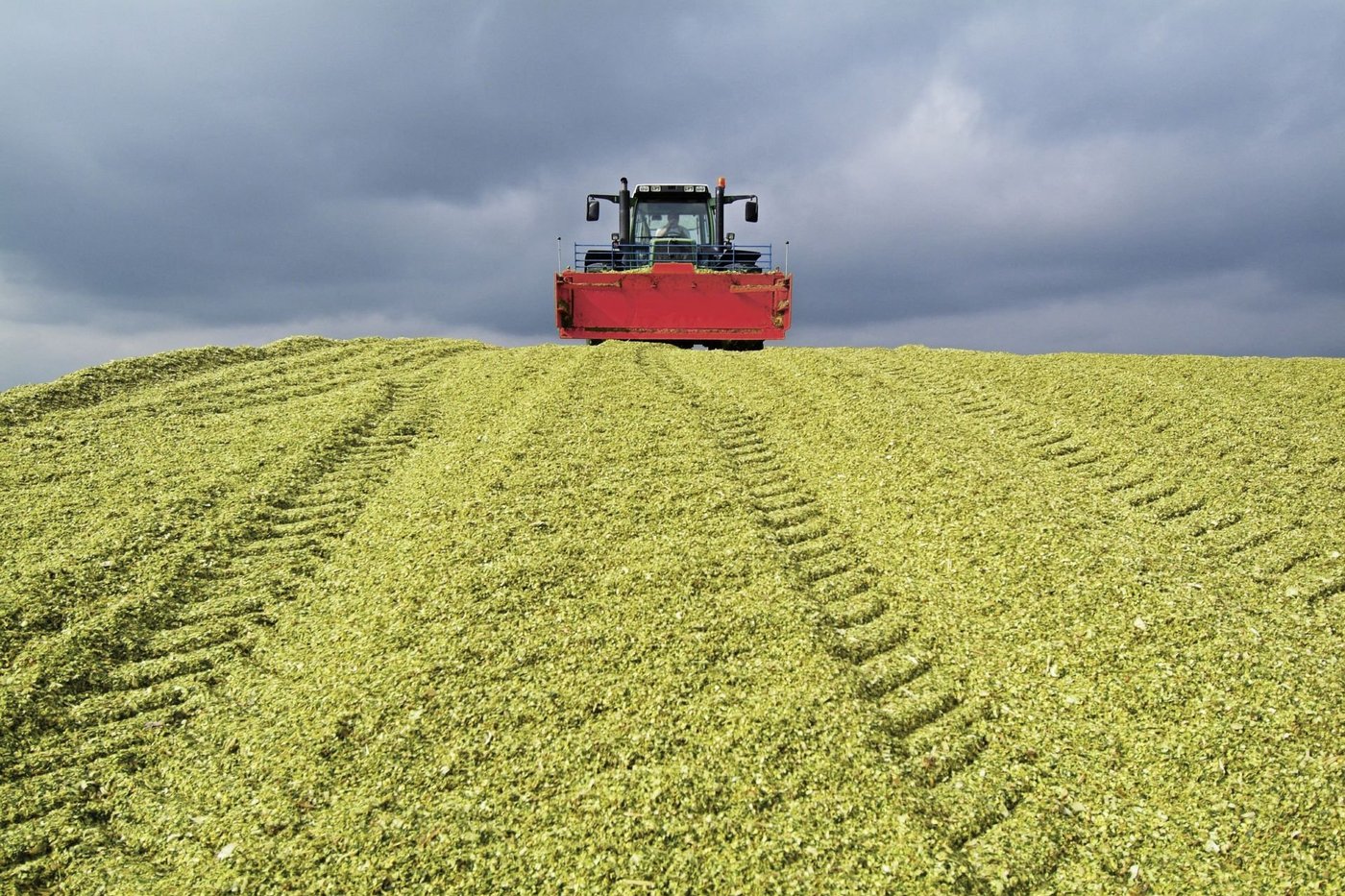Unlocking the potential of biogas: An in-depth look
Biogas plants: Types and subcategories
Biogas plants form an important interface between sustainable energy production and waste management. By utilizing organic materials, these plants offer a double benefit: They reduce pollution while generating renewable energy from residues and putative waste. Understanding the different types and sub-categories of biogas plants is essential to navigating the landscape of renewable energy solutions.
Wet fermentation and dry fermentation
The two fermentation methods
Biogas plants are often categorized according to different aspects. For example, a distinction is made between wet fermentation and dry fermentation. During wet fermentation, the solid matter is mixed with a liquid. The resulting organic suspension is usually flowable and is moved using pumps. During dry fermentation, stackable biomass is packed into a "box digester" or "garage digester" and then sprayed with a liquid (the "percolate"). Percolate leaking out of the bottom is collected and re-applied to the top of the biomass. This facilitates the fermentation process and therefore enables biogas production. This type of plant is not so widely used and is primarily used for the fermenting of organic waste such as green cuttings or food waste from households.


Biogas plants and bio-methane plants
It's what comes out that matters
Another distinction is biogas plants versus bio-methane plants. Both plants produce biogas. In biogas plants (the most common type in Germany), this biogas is processed a little and then converted directly into electricity and heat in a nearby cogeneration unit. Bio-methane plants process the biogas so thoroughly that – like natural gas – it consists almost entirely of methane. This bio-methane can therefore be fed directly into the natural gas network where it can be transported and burned where the energy is needed.
Waste plants
Sensible use of organic waste
Another common classification is based on the biomass used. It distinguishes between cofermentation plants or waste plants and renewable material plants. The term "cofermentation plant" goes back to the early days of the biogas boom in Germany. Farmers built systems in which they wanted to generate and use the energy that was still in the liquid manure in the form of biogas. They soon realized that they could produce much more biogas if they also added cosubstrates to the liquid manure, such as uneaten food, grains, or organic waste material. This gave rise to the term cofermentation plant for biogas plants that ferment industrial residues and waste materials as well as agricultural waste such as liquid manure and dung. As time went on, the proportion of these agriculturally based biogas plants that ferment waste materials decreased sharply. Instead, many industrial plants were built for the management of municipal, commercial and industrial waste. During this development, the term "waste plant" came to be used for biogas plants where organic waste is fermented.


Renewable material plants
What are they and what makes them different
The term renewable material plant came from a period when the government decided to promote the fermentation of renewable materials, such as energy crops in particular. In addition to agricultural waste, these biogas plants may only ferment renewable raw materials. Agricultural waste is usually dung and liquid manure. Typical renewable materials (energy crops) are:
- Corn (maize) and grass silage,
- GPS (whole crop silage)
- Crops such as potatoes and turnips, etc. provided they are/were not intended for food production.
This type of plant is widespread in Germany. They are subject to special rules and grants covered by the Renewable Energies Act (EEG). For many agricultural businesses, they provide a reasonably predictable and reliable source of income.

Contact
Find details of your
Personal contact


Newsletter
Stay up to date!
Register now!